Dinosaurs captivate our imagination like few other creatures in Earth’s history. These magnificent reptiles ruled our planet for over 160 million years before mysteriously disappearing approximately 66 million years ago. Yet our knowledge of these ancient giants comes exclusively from their fossilized remains—the bones, teeth, footprints, and occasionally skin impressions that survived the eons to reach us. But just how rare is fossil formation? The journey from living dinosaur to museum display is extraordinarily improbable, involving a precise sequence of events occurring under specific conditions. This article explores the remarkable odds against fossilization and examines why so few dinosaurs became the fossils that allow us to glimpse into our planet’s ancient past.
The Brief Window of Opportunity
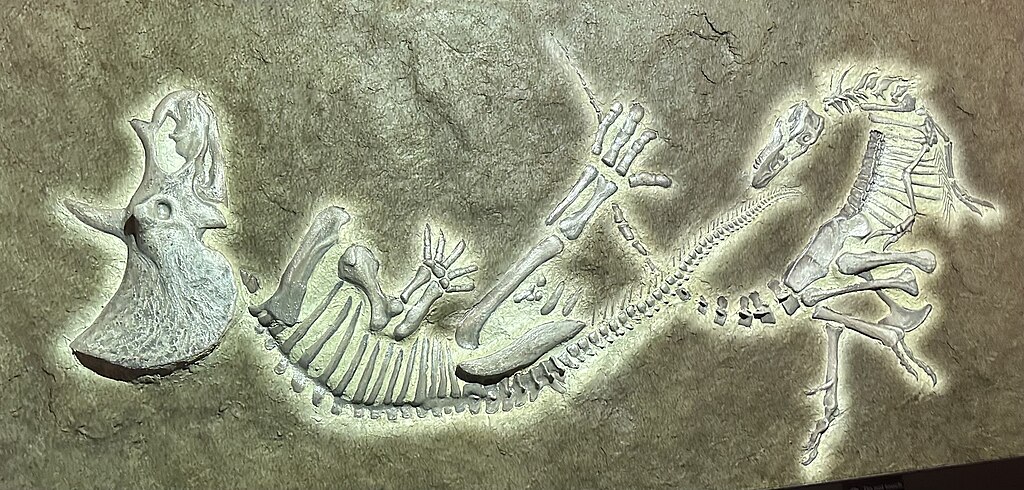
The fossilization process must begin immediately after an animal dies, creating an extremely narrow window of opportunity. A dinosaur carcass left exposed on the prehistoric landscape would typically be scavenged and decomposed within days or weeks, leaving nothing to fossilize. Microbes, insects, scavengers, and weather conditions work quickly to break down organic materials. For fossilization to begin, something unusual must happen—the remains must be instantly protected from these destructive forces. This might occur through rapid burial in sediment, submersion in anoxic water, entrapment in substances like tar or amber, or quick desiccation in extremely arid environments. Scientists estimate that less than one-tenth of one percent of all dinosaurs that ever lived became fossils, highlighting just how rare these perfect preservation conditions were.
Burial: The Critical First Step
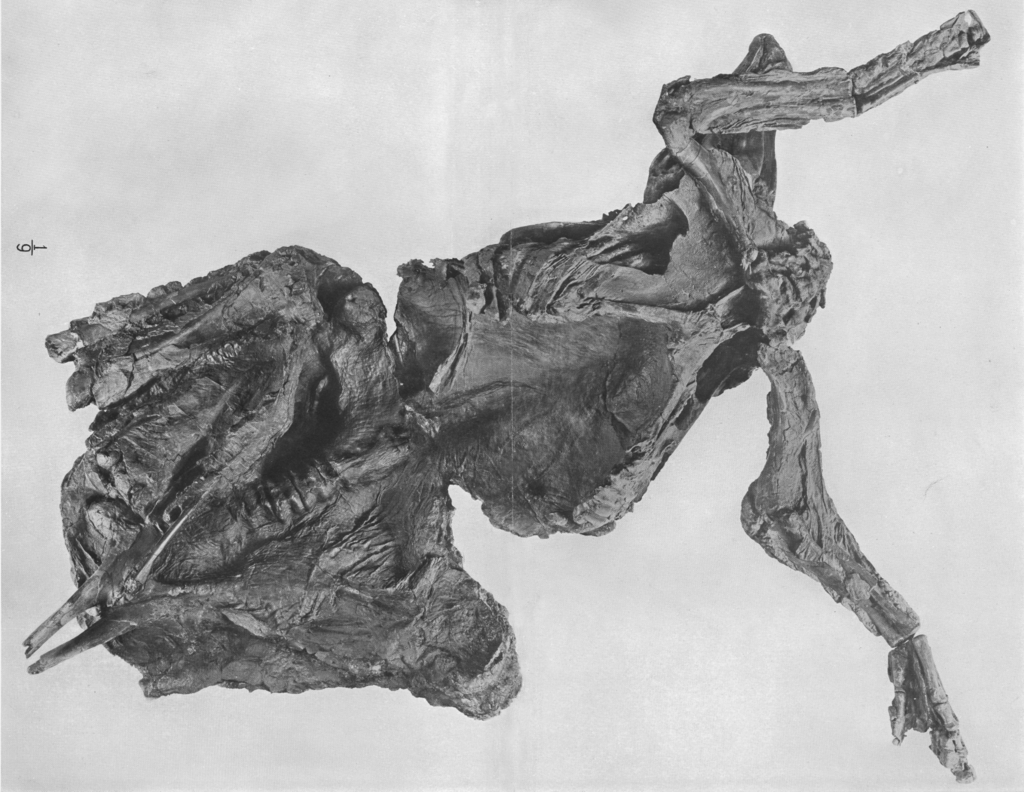
Rapid burial represents the most crucial early stage in the fossilization process. Without quick burial, a dinosaur’s remains would simply disappear into the ecosystem. The ideal scenario involves a dinosaur dying near a body of water, perhaps during a drought at a dried riverbed or along a floodplain. When waters return, sediments like sand, silt, or mud rapidly cover the remains, protecting them from scavengers and the elements. Volcanic ash falls could also quickly entomb remains. The most complete dinosaur fossils typically come from individuals that experienced catastrophic burial, such as being caught in sandstorms, mudslides, volcanic eruptions, or flash floods. These natural disasters, while devastating for the animals, created the perfect conditions for preservation by providing immediate protection from decomposition.
The Geography Factor: Location, Location, Location

Where a dinosaur died dramatically affected its chances of fossilization. Animals that perished in active river systems, deltas, floodplains, or shallow marine environments had significantly better preservation odds than those dying in forests, mountains, or well-drained uplands. This geographical bias creates what paleontologists call “preservation bias” in the fossil record. We know far more about dinosaurs that inhabited environments conducive to fossilization than those living in areas where preservation was unlikely. For example, the abundance of fossils in the Morrison Formation of the American West reflects not necessarily that more dinosaurs lived there, but that the ancient river systems and floodplains excellently preserved remains. Conversely, we have relatively few fossils from prehistoric mountainous regions where remains would rarely be buried before decomposing.
The Time Factor: Permineralization
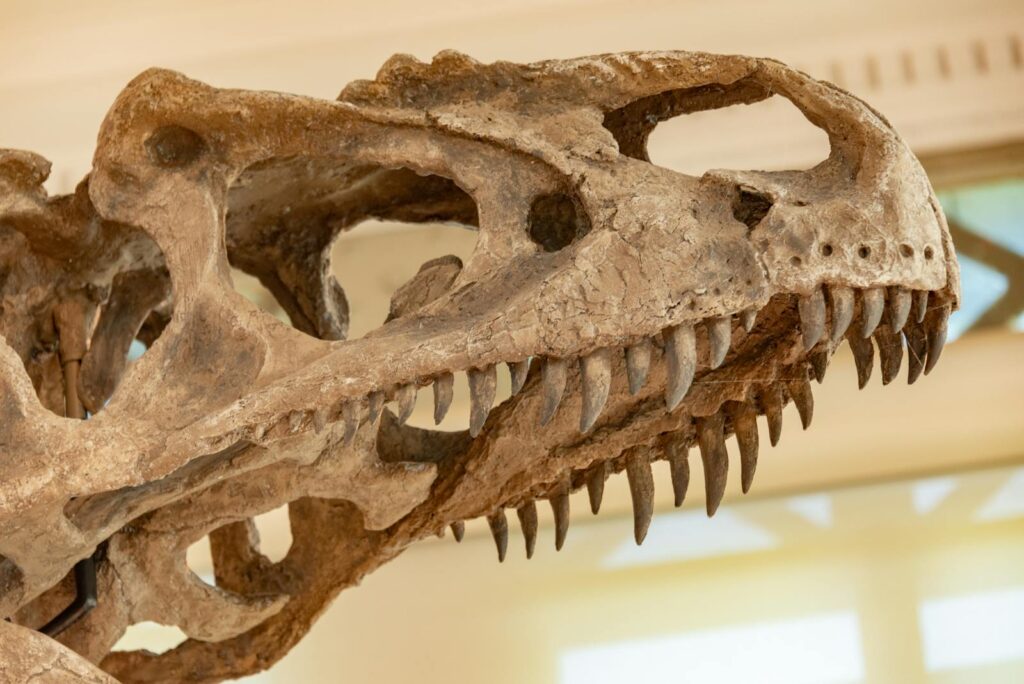
Once buried, a dinosaur’s remains enter the second critical phase of fossilization: permineralization, which requires thousands to millions of years. During this phase, groundwater seeps through the sediment surrounding the buried remains, carrying dissolved minerals like calcite, silica, and pyrite. As organic materials slowly decay within the burial environment, these minerals infiltrate the microscopic spaces in bones and teeth, essentially “turning to stone” through mineral replacement. This process creates the hardened fossils we eventually discover. The permineralization process depends on stable geological conditions—if the burial site experiences significant disturbance, erosion, or geological upheaval during this time, the developing fossils could be destroyed. This time requirement means that many buried remains never complete their transformation into true fossils.
Size Matters: The Preservation Advantage of Large Bones

Dinosaur size significantly influenced fossilization probability, with larger species generally having better odds than smaller ones. The massive, thick bones of sauropods like Diplodocus or Brachiosaurus were much more resistant to destruction than the delicate skeletons of chicken-sized dinosaurs. Bigger bones require more time to decompose, providing a longer window for burial and mineral replacement to occur. Additionally, larger bones are more resistant to scavenging, transportation by water, and other taphonomic processes that destroy remains before fossilization can begin. This size bias explains why we have excellent fossil records of giant dinosaurs but relatively sparse evidence of the smallest dinosaur species. The dinosaur fossil record is therefore skewed toward larger animals, potentially giving us an incomplete picture of dinosaur diversity.
Bone Composition: The Durability Factor

The intrinsic composition and structure of dinosaur bones played a crucial role in their fossilization potential. Dinosaur bones, like those of modern vertebrates, consisted of organic components (primarily collagen) and inorganic components (calcium phosphate minerals). The dense, mineralized nature of these bones made them significantly more fossilization-friendly than soft tissues like organs, skin, or muscles. Teeth, being the hardest and most mineralized structures in vertebrate bodies, had the highest preservation potential of all, explaining why isolated dinosaur teeth are among the most common fossils discovered. The robust construction of dinosaur skeletons—particularly in groups like ankylosaurs with their heavily ossified armor, or ceratopsians with their thick skull frills—provided an inherent fossilization advantage compared to animals with more delicate skeletal structures.
Geological Preservation: The Long-Term Survival Game

Even after successful burial and permineralization, a dinosaur fossil faces millions of years of potential geological destruction before paleontologists might discover it. The burial site must avoid major geological disruptions like mountain-building events, volcanic activity, or deep burial that would destroy or render fossils inaccessible. The rock layers containing fossils must avoid metamorphism—the process where heat and pressure transform sedimentary rocks into metamorphic ones, destroying fossil content in the process. Additionally, the fossil-bearing rocks must eventually be exposed at Earth’s surface through erosion for discovery to be possible. For example, the dinosaur-rich formations of the American West were preserved for over 65 million years before recent geological processes exposed them, allowing for their discovery only in the last two centuries.
The Rare Preservation of Soft Tissues
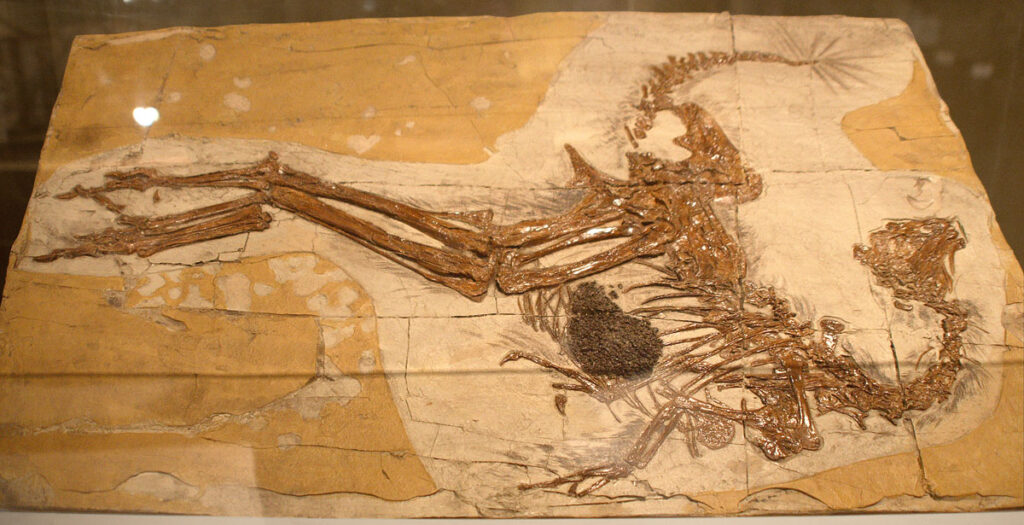
The preservation of dinosaur soft tissues represents the rarest form of fossilization, requiring extraordinary circumstances beyond those needed for bone preservation. Soft tissue impressions, such as skin patterns, feathers, or internal organs, required rapid mineralization before any decomposition occurred—a virtual geological miracle. The most famous examples include the exquisitely preserved feathered dinosaurs from China’s Liaoning Province, where fine volcanic ash created perfect conditions for preserving even the most delicate structures. In extremely rare cases, actual organic materials like blood vessels or cellular structures have been preserved, as in the controversial findings from Tyrannosaurus rex fossils reported by paleontologist Mary Schweitzer. These exceptional fossils required a perfect sequence of chemical conditions that prevented normal decomposition while allowing mineral replacement at the microscopic level—a preservation scenario so improbable that it occurs in perhaps one in many millions of dinosaurs.
Human Factors: Discovery Challenges
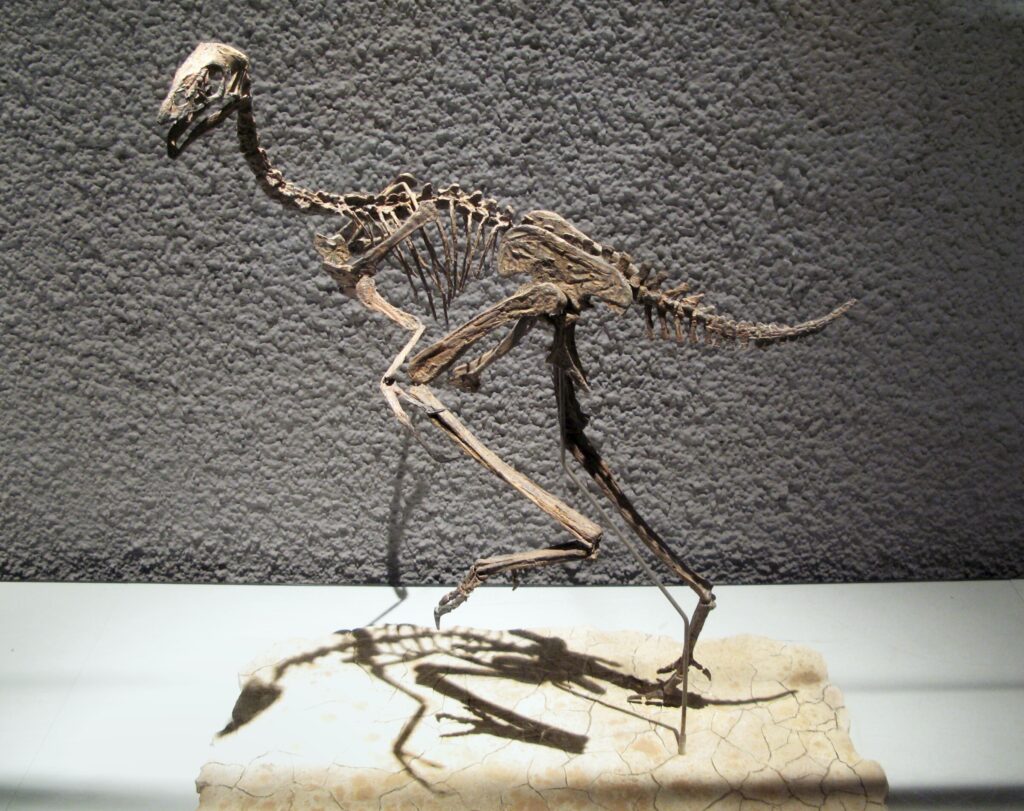
The final hurdle in the improbable journey from living dinosaur to known fossil involves the human element of discovery. For a fossil to enter scientific knowledge, it must be found, properly collected, and studied by trained individuals. Countless dinosaur fossils likely remain undiscovered, either buried deep underground or exposed in remote, inaccessible regions. Others may have eroded entirely after exposure, never observed by human eyes. Additionally, many potentially important fossils have been destroyed by mining operations, construction projects, or improper collection by untrained individuals. The historical and geographical distribution of paleontological research creates another bias—regions with strong scientific traditions and accessible outcrops, like the American West or parts of China, have yielded far more dinosaur fossils than equally fossil-rich but less-studied areas in parts of Africa, South America, or Asia.
Calculating the Odds: Statistical Improbability

When all factors are considered, paleontologists estimate that far less than 1% of all dinosaur species that ever existed have been discovered as fossils. The statistical odds against any individual dinosaur becoming a recovered fossil are astronomical. Consider the numbers: dinosaurs existed for roughly 165 million years, and some scientific estimates suggest that perhaps 1,500-2,500 genera of dinosaurs lived during this time. Yet we’ve only identified about 700-900 scientifically valid dinosaur genera from fossils. Extrapolating from modern ecological principles, each genus might represent hundreds of millions of individual dinosaurs that lived and died throughout the dinosaurs’ reign. With approximately 2,000 relatively complete dinosaur skeletons in collections worldwide, the preservation rate represents an almost incalculably small percentage—perhaps one in hundreds of millions—of dinosaurs that existed.
Modern Analogs: What Today’s Death Assemblages Tell Us
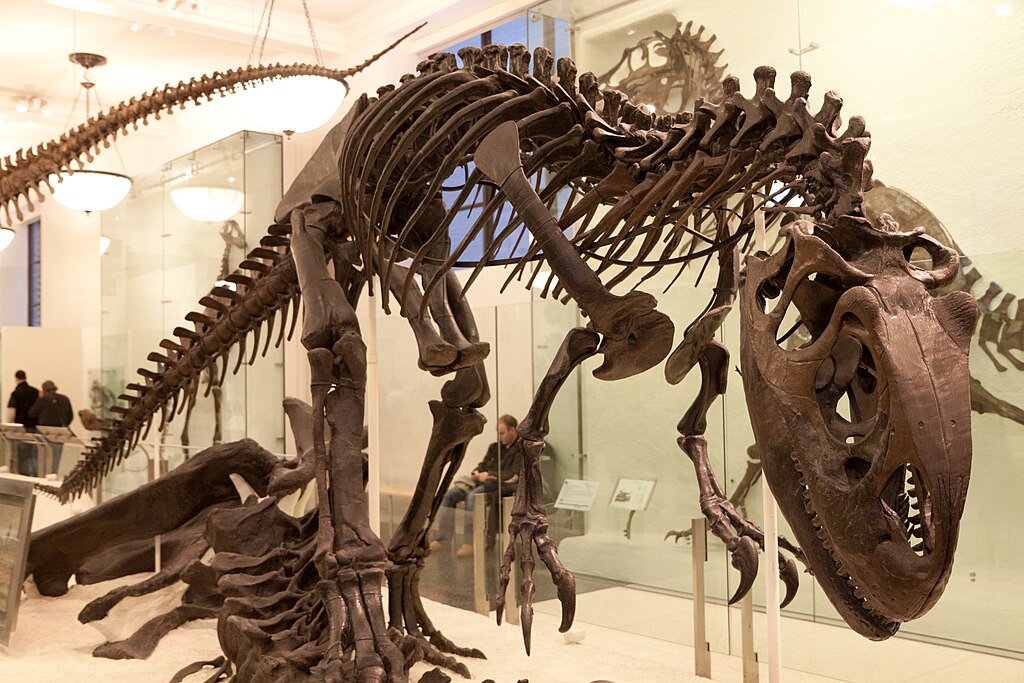
Studying modern environments provides valuable insights into the improbability of fossilization. Researchers examining contemporary “death assemblages”—collections of animal remains in modern environments—have documented how quickly and completely organic materials disappear in most settings. In tropical forests, for instance, a vertebrate carcass might completely disappear within days or weeks, leaving no trace. Even in more favorable environments like river floodplains, studies show that only a tiny fraction of animals that die there leave behind any recoverable bones after just a few years. These modern observations help paleontologists understand and quantify the extraordinary bias in the fossil record. The dinosaurs we know represent not a random sample of all dinosaurs that lived, but rather those fortunate few that died under the perfect conditions and in the right places for preservation, and were subsequently exposed and discovered in our era.
The Lagerstätten Effect: Fossil Jackpots

The rarity of fossilization makes certain exceptional fossil deposits, known as Lagerstätten (singular: Lagerstätte), particularly valuable to paleontology. These rare formations represent perfect preservation storms—sites where unusual conditions created extraordinary fossil abundance and quality. For dinosaurs, classic examples include the Morrison Formation in the western United States, the Dinosaur Provincial Park in Alberta, Canada, and the Yixian Formation in China. These sites often formed through unusual circumstances like seasonal die-offs near water sources during droughts, followed by floods that buried numerous animals simultaneously. At these locations, fossilization odds temporarily improved from virtually impossible to merely extremely unlikely. The concentration of well-preserved fossils in these rare deposits creates another bias in our understanding, as our knowledge of dinosaur diversity and biology disproportionately reflects these exceptional sites rather than typical preservation environments.
Implications for Dinosaur Diversity
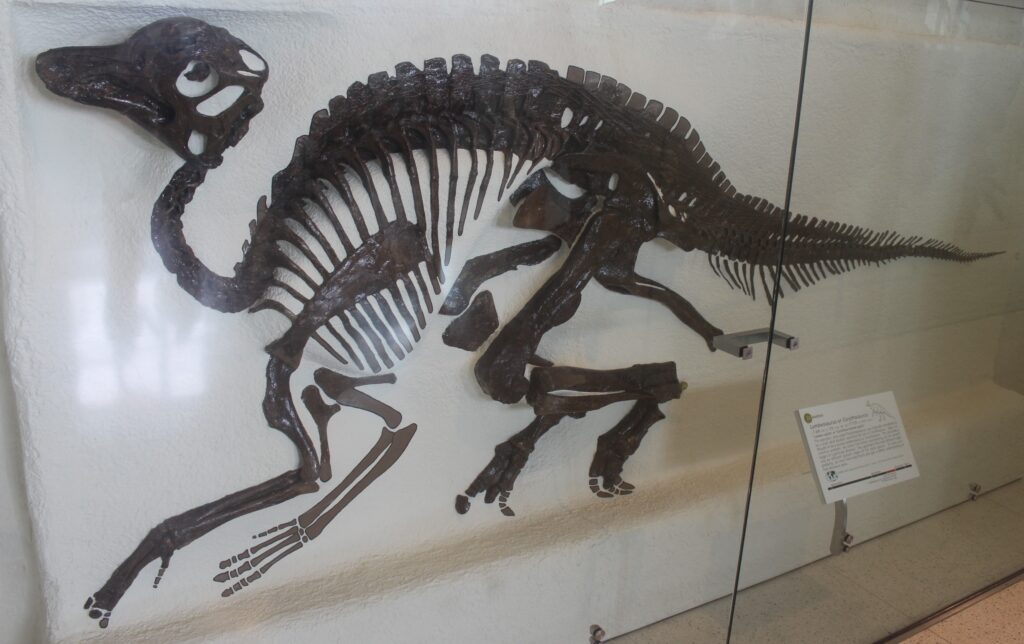
The extreme improbability of fossilization means our current understanding of dinosaur diversity represents only a small fraction of the species that existed. Paleontologists recognize this as the “preservation filter”—the idea that the fossil record shows us just a tiny, biased sample of past life. Mathematical models attempting to account for this bias suggest the actual number of dinosaur species may have been 5-10 times greater than what we’ve discovered. Certain environments, like tropical forests or mountainous regions, are particularly poorly represented in the fossil record despite likely supporting diverse dinosaur ecosystems. Similarly, small-bodied species were far less likely to fossilize than their larger relatives. The dinosaurs we know from fossils are thus not a representative sample but rather the lucky lottery winners in an incredibly improbable preservation game that has played out over millions of years.
Conclusion

The journey from living dinosaur to museum exhibit represents one of nature’s most improbable transformations. For every magnificent dinosaur skeleton displayed in museums worldwide, untold millions disappeared without a trace, their bodies returning completely to the ecosystem as they decomposed. The fossils we have represent an extraordinary convergence of perfect conditions—rapid burial, stable geology, proper chemical environment, and eventual discovery by humans. This remarkable improbability makes each dinosaur fossil an invaluable window into Earth’s ancient past, representing not just an individual animal but a testament to the rare confluence of circumstances that allowed its preservation through time. As techniques improve and exploration continues, paleontologists will continue uncovering more of these rare treasures, gradually building a more complete picture of the magnificent animals that ruled our planet for so much of its history.




